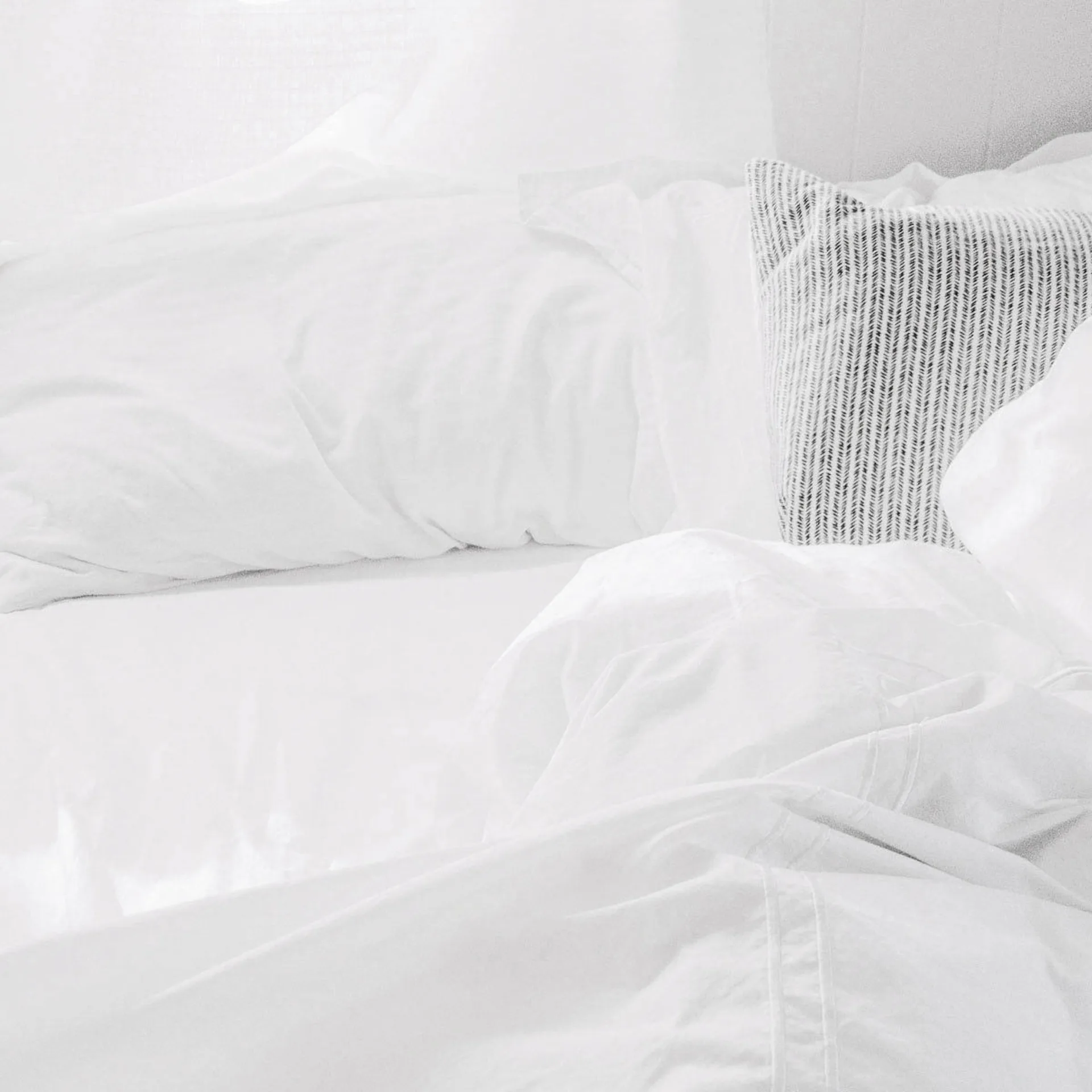4 Steps to Grinding Your Own Flour

Milling your own flour might sound very Little House on the Prairie, but when it comes to the best taste and optimal nutrition you should consider taking a step back in time.
As healthy foodies, many of you already choose wholesome, organic ingredients when preparing food for yourself and your family. You may have cut foods with refined flours on their ingredient labels from your life and only choose breads made with whole grains and sans the preservatives and additives. But, does this careful selection extend to the flour you use for baking? Sure, you likely choose whole wheat for your breads and white whole wheat for your baked goods, but did you know that flour starts to immediately loose its nutritional content once ground?
Take a look at the inner workings of the wheat kernel used to make flour. Its three parts include: the endosperm (the starch used to make refined flour), the bran (the outer layer) and the wheat germ (the inner part chock-full of vitamins and minerals.) When ground, the kernel loses its protective coating and the inner goodness gets exposed to air and moisture, which starts to deplete its nutritional content.
You can slow down this process by storing your ground flour in the refrigerator or freezer. But, how long ago do you think that store-bought whole wheat flour was ground before it reached your kitchen? Food for thought, or flour for thought, rather.
You can get in touch with your inner pioneer and pack the most nutrition into your baked goods by milling your own flour. Discover how in these four surprisingly simple steps.
- Buy your favorite whole grain from your local health food store. The store should carry grains in bulk.Just a note on the different types of wheat: Red wheat is often used in baking bread, while soft white wheat is used for pastries and baked goods. Research your grains ahead of time to make sure you buy the appropriate grain for your purposes.
- Wash the grains using a colander to get rid of any powdery coating
- Place the amount of grain you need in a grinder, food processor or blender. If using a blender, put it on the chop setting. You can buy electric grinders specifically used for milling, but they can be quite an investment. Another option is a hand grinder.
- Grind your flour until you have a fine consistency.
Make sure to store any leftover flour in a cool, dark spot in an airtight container.
Now, get to bakin’ and enjoy the completely fresh taste of home-ground flour.
image: Chiot’s Run
Follow Kirsten on Twitter @kirsten_hudson

